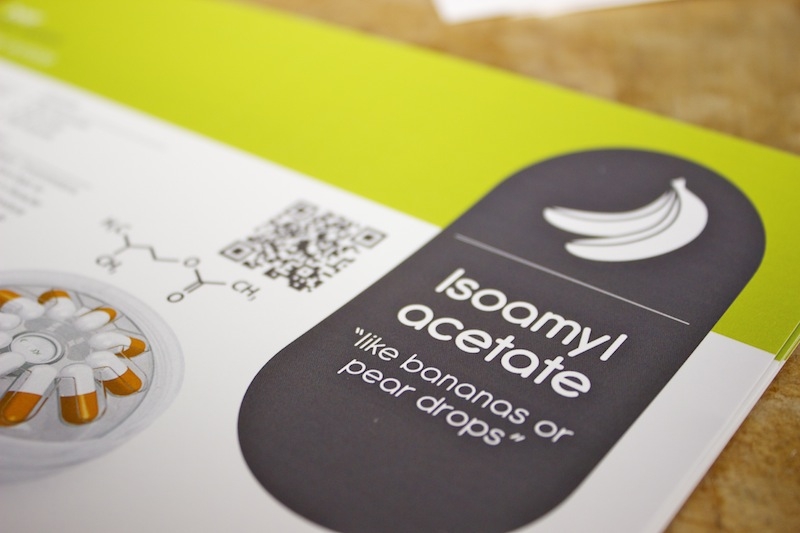Bomber fridgmenter
Well-Known Member
- Joined
- Feb 20, 2021
- Messages
- 68
- Reaction score
- 34
Quick update so far.
Brew day (25th feb) went ok.
Little stressful with regards ocd cleaning as all the equipment was purchased 2nd hand.
Small worries so far.
1. OG was slightly below kit calculated. The kit doesn’t give a target OG, only an FG 1.011. Bearing in mind it’s supposed to be a 5% I calculated a target 1.049. My batch was 1.046. Before second batch I will calibrate the FV by weight. Just in case I’m a little over on my volume. I will also spend an extra 20mins stirring to ensure 100% ingredients dissolved although I’m pretty sure they were.
2. I fitted the bubbler to the FV with sanitiser in it and then lifted it to carry it out to the fermentation cabinet. 50% of the sanitiser was sucked back into the top of the wort. Not ideal.
Will ensure I don’t fit the bubbler until it’s in situ next batch.
Apart from the above, which hopefully won’t have had a detrimental effect, the fermentation appears to be really good.
Nice consistent, regular vigorous bubbling and the fermentation cabinet is holding the wort to within 0.5degC of target. 21 +/- 0.25C. I’m very impressed by that.
Next step is to dry hop on Monday.
Currently going through the 2nd hand bottles I have and getting those prepared.
Plan is to bottle in some new and some used bottles.
Brew day (25th feb) went ok.
Little stressful with regards ocd cleaning as all the equipment was purchased 2nd hand.
Small worries so far.
1. OG was slightly below kit calculated. The kit doesn’t give a target OG, only an FG 1.011. Bearing in mind it’s supposed to be a 5% I calculated a target 1.049. My batch was 1.046. Before second batch I will calibrate the FV by weight. Just in case I’m a little over on my volume. I will also spend an extra 20mins stirring to ensure 100% ingredients dissolved although I’m pretty sure they were.
2. I fitted the bubbler to the FV with sanitiser in it and then lifted it to carry it out to the fermentation cabinet. 50% of the sanitiser was sucked back into the top of the wort. Not ideal.
Will ensure I don’t fit the bubbler until it’s in situ next batch.
Apart from the above, which hopefully won’t have had a detrimental effect, the fermentation appears to be really good.
Nice consistent, regular vigorous bubbling and the fermentation cabinet is holding the wort to within 0.5degC of target. 21 +/- 0.25C. I’m very impressed by that.
Next step is to dry hop on Monday.
Currently going through the 2nd hand bottles I have and getting those prepared.
Plan is to bottle in some new and some used bottles.

















































![Craft A Brew - Safale S-04 Dry Yeast - Fermentis - English Ale Dry Yeast - For English and American Ales and Hard Apple Ciders - Ingredients for Home Brewing - Beer Making Supplies - [1 Pack]](https://m.media-amazon.com/images/I/41fVGNh6JfL._SL500_.jpg)











